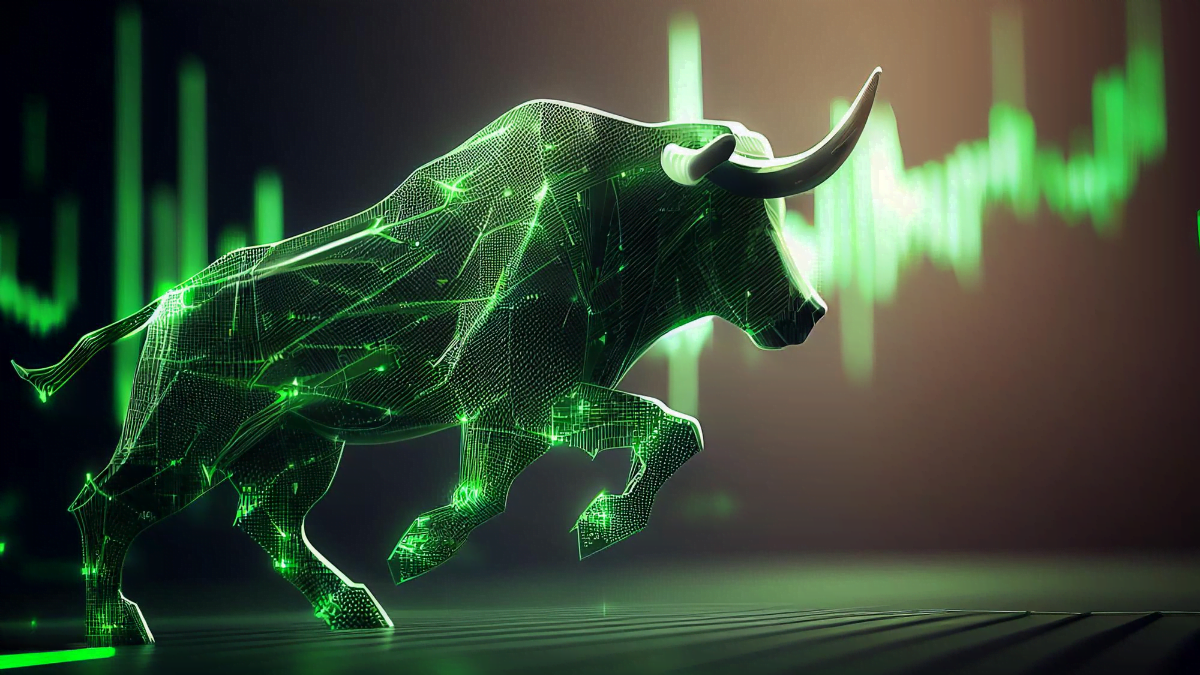The NFT market experienced explosive growth in 2021, with record-breaking sales and widespread attention. As the dust settles from the previous bull run, anticipation builds for the next surge in the market. Several key factors are emerging that could propel the market to new heights.
Increased Adoption of NFTs
NFTs are no longer limited to the realm of crypto enthusiasts. Mainstream industries are now embracing this digital asset class, with brands like Starbucks, Gucci, Adidas, and Nike launching NFT collections. These industry giants are leveraging NFTs to engage with their fan base and offer unique digital experiences. The growing adoption of NFTs by mainstream players has the potential to attract the wider audience needed to fuel the next bull run.
For example, Starbucks’ inaugural NFT collection, Odyssey, achieved remarkable success, selling out in a mere 18 minutes. The collection comprised 2,000 exclusive digital stamps priced at $100 each, and the stamps have since found an active secondary market, fetching prices as high as $1,500.
Development of New Business Models
Innovation within the NFT space is pushing the boundaries of traditional business models. NFT-based loyalty programs, where customers are rewarded with exclusive NFTs for their brand loyalty, are gaining traction. Fashion NFTs, which allow individuals to own and trade digital fashion items, are changing the way we perceive and engage with fashion. Gamified experiences, where NFTs unlock unique in-game assets or special privileges, are quickly gaining the attention of the gaming community. These innovative models have the power to attract more participants and create a wave of enthusiasm that propels the next NFT bull run.
The Rise of the Metaverse
The metaverse, a virtual universe where people interact with each other and digital assets, holds immense potential for NFTs. While the metaverse is still in its early stages of development, it is growing rapidly. In 2022, the metaverse market was valued at around $30 billion. This is expected to grow to $800 billion by 2024 and $1.5 trillion by 2030.

The connection between NFTs and the metaverse opens up new possibilities for creators, collectors, and investors. Projects like The Sandbox Game and Decentraland are at the forefront of bridging NFTs and the metaverse, onboarding users to explore digital landscapes and own virtual assets. The metaverse’s rising prominence as a digital frontier has the potential to fuel significant growth in the NFT market.
Increased Regulation
As the NFT market continues to mature, regulatory scrutiny is intensifying. Consumer protection and anti-money laundering measures are being explored to ensure the market’s integrity and transparency. While regulations may introduce compliance challenges, they can also enhance trust and stability. A balanced regulatory framework can provide a sense of security for investors and collectors, attracting more participants and fostering sustained growth in the NFT market.
The United States Securities and Exchange Commission (SEC) has recently issued guidance on NFTs, clarifying some NFT concerns regarding securities and regulations. This guidance could help to protect investors and ensure that the NFT market is fair and transparent.
Growing Interest from Venture Capitalists
Venture capitalists are recognizing the transformative potential of NFTs and are increasingly investing in NFT-related projects. Venture capital support injects capital, expertise, and credibility into NFT projects, driving innovation and further market growth. As more venture capitalists dive into the NFT ecosystem, the market’s potential to reshape industries and create new opportunities amplifies.

For example, the venture capitalist firm Andreessen Horowitz (a16z) recently launched a $4.5 billion fund focused on NFTs and other Web3 technologies. This fund is one of the largest investments ever made in the NFT space, and it demonstrates the growing interest in this technology.
Conclusion
The next NFT bull run looms on the horizon, fueled by five key factors: increased adoption by mainstream industries, the development of new business models, the rise of the metaverse, increased regulation, and the growing interest from venture capitalists.
These factors collectively shape the future of the NFT market, creating an environment ripe with potential. As NFTs continue to evolve, the way we perceive ownership, the importance of continued development, adoption, and regulatory clarity cannot be overstated. The convergence of these factors has the potential to propel the NFT market to new heights, attracting a broader audience and ushering in mainstream acceptance.
Credit: Source link
































